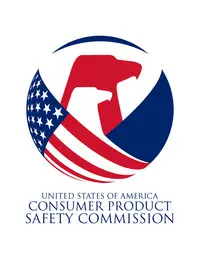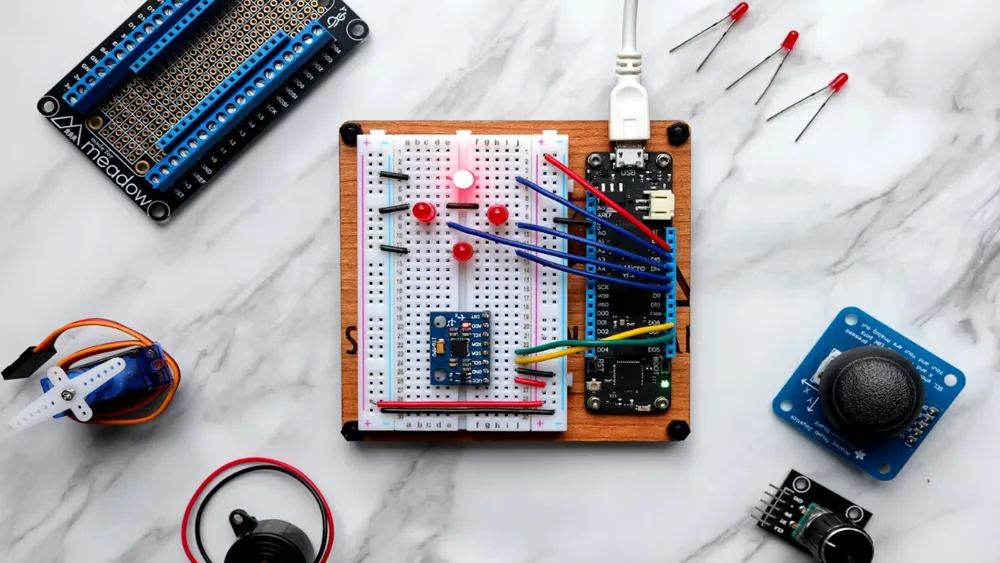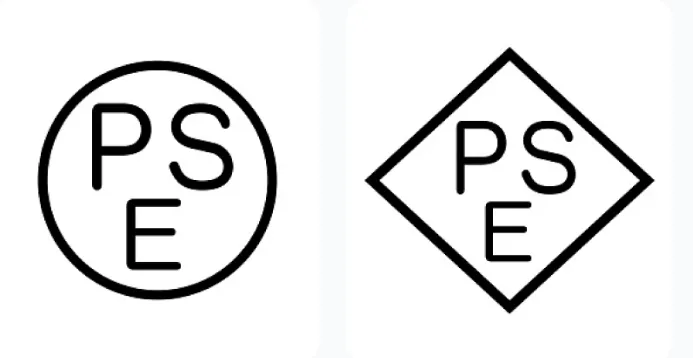
Food Contact Materials Testing Lab
With the rise of takeout and packaged food,
Food Contact Materials (FCMs)and products, while providing convenience,
also significantly increase the risks to food safety.
What is FCM?
Food Contact Materials (FCMs)refer to materials that come into direct contact with food during the normal use of a product.
These materials include, but are not limited to: plastics, rubber, resins, silicone, metals, alloys, paper, cardboard, glass, ceraMICs, enamel, colorants, and printing inks.
They are widely used in food packaging, tableware, kitchenware, food processing machinery, and kitchen appliances.

Common Materials Tested
Testing materials mainly include, but are not limited to, the following categories:
rubber products, glassware, ceramics, silicone products, plastics, metals, paper, and wooden products.
- Plastics and related products: PS (Polystyrene), PP (Polypropylene), PE (Polyethylene), PC (Polycarbonate), PVC (Polyvinyl chloride), PA66 (Nylon 66), ABS (Acrylonitrile Butadiene Styrene), PET (Polyethylene terephthalate), etc.
- Metal products: Stainless steel (e.g., 304, 201, 316), cast iron, aluminum alloy, etc.
- Glass and ceramics: Ceramics, glass, crystal, etc.
- Rubber products: Rubber, silicone rubber, etc.
- Others: Epoxy resin, PTFE (Polytetrafluoroethylene), cardboard, wood, etc.
Products Tested
Testing covers a wide range of products, including but not limited to:
food packaging materials, food containers and utensils, tableware, kitchenware, household food processing tools, and food production machinery.
- Tableware: PS, PP, PE, PC, PVC, PA66, ABS, PET, etc.
- Kitchenware: Stainless steel (304, 201, 316), cast iron, aluminum alloy, etc.
- Food packaging containers: Ceramics, glass, crystal, etc.
- Kitchen appliances: Rubber, silicone rubber, etc.
- Children’s products: Epoxy resin, PTFE, cardboard, wood, etc.
- Processing equipment: Pipelines, production lines, machines, etc.
- Others: Resins, coatings, inks, and surface treatments.
Why Conduct FCM Testing?
The primary purpose of FCM testing is to ensure that materials in direct or indirect contact with food do not cause contamination or harm.
These tests verify whether harmfUL substances (e.g., chemicals, heavy metals, microorganisms) could migrate from the materials into food, potentially posing health risks to consumers.
Testing Regulations
China
- GB 4806.1-2016: General safety requirements for food contact materials and products
- GB 4806.2-2015: Food safety standard for rubber nipples
- GB 4806.3-2016: Food safety standard for enamel products
- GB 4806.4-2016: Food safety standard for ceramic products
- GB 4806.5-2016: Food safety standard for glass products
- GB 4806.6-2016: Food safety standard for food contact plastic resins
- GB 4806.7-2016: Food safety standard for food contact plastic materials and products
- GB 4806.8-2016: Food safety standard for food contact paper and cardboard materials and products
- GB 4806.9-2016: Food safety standard for food contact metal materials and products
- GB 4806.10-2016: Food safety standard for food contact coatings and layers
- GB 4806.11-2016: Food safety standard for food contact rubber materials and products
United States
- FDA 21 CFR 175.300: Coatings for resins and polymers
- FDA 21 CFR 176.170: Components of paper and board in contact with aqueous and fatty foods
- FDA 21 CFR 177.1010: Acrylic and modified acrylic plastics
- FDA 21 CFR 177.1210: Closures with sealing gaskets for food containers
- FDA 21 CFR 177.1240: Copolymers of 1,4-cyclohexanedimethanol terephthalate and isophthalate
European Union
- Framework Regulation (EC) No 1935/2004: Sets basic safety requirements for food contact materials
- Regulation (EU) No 10/2011: Detailed rules for plastic materials and products
- reach regulation: Governs chemicals, including substances used in food contact materials
Email:hello@jjrlab.com
Write your message here and send it to us
 What is Amazon TIC and How Can Sellers Achieve Com
What is Amazon TIC and How Can Sellers Achieve Com
 2026 Battery UN38.3 Certification (Test Report) &a
2026 Battery UN38.3 Certification (Test Report) &a
 What is the IEC 62680 Standard? Compliance Interpr
What is the IEC 62680 Standard? Compliance Interpr
 Amazon Japan December Compliance Requirements
Amazon Japan December Compliance Requirements
 How to Check a CPSC-Accepted Laboratory?
How to Check a CPSC-Accepted Laboratory?
 WEEE Registration for Waste Electrical &Electr
WEEE Registration for Waste Electrical &Electr
 MSDS Chemical Safety Testing
MSDS Chemical Safety Testing
 What Are the Differences Between UK REACH and EU R
What Are the Differences Between UK REACH and EU R
Leave us a message
24-hour online customer service at any time to respond, so that you worry!




